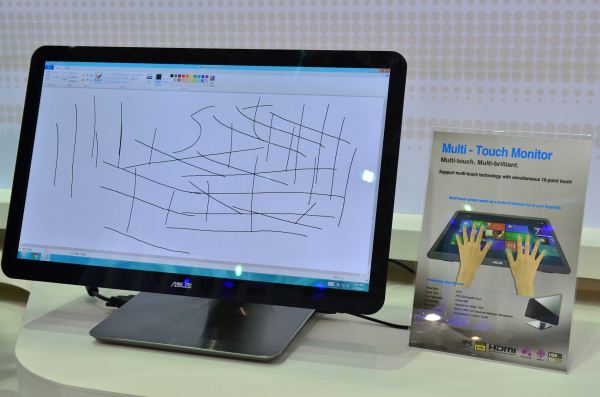
Home Network security seems to be a simple thing these days. It is not difficult to set your router with the proper security measures to stop others from hopping on your WiFi signal and getting that internet service you are likely over paying for.
Of course this magical block that keeps out WiFi pirates really comes down to a password. It’s a tiny bit more complicated than that, but for the most part this is all it takes to make your home network private instead of branding it a hotspot and sharing it like the town bicycle.
But of course there are ways around these security measures, and if you want to keep signal thieves out of your network, here a product that will likely stop them dead in their tracks.
WiFi Blocking Wallpaper.
With all the logic of a giant wall of stones, the Institut Polytechnique de Grenoble developed a coating of silver ink that can be embedded into a wallpaper to block out the electromagnetic frequencies of wireless networks, but still allow the signals of cell phones to pass through. No word on how windows would affect this technology (We found a hole in their security – literally!)
The ING researchers have granted Finnish company Ahlstrom exclusive rights to manufacture the wallpaper, and it is expected to go on sale in 2013. They explain that it should cost the same as a mid-range traditional wallpaper.
To me this seems a little extreme, but there are some conspiracy theorists out there who I’m sure want a more fashionable alternative than a tinfoil hat to keep those invasive wireless signals out. And if fashion is a big concern and you do not care for the patterns offered, painting over or layering different wallpapers does not affect its ability to block WiFi.
I am sure there will be some application somewhere to some organization where security is never enough and they need walls that WiFi cannot pass through. I just can’t see this being a regular household precaution.
Maybe if I sell my house to people that peeve me off, I can put this stuff up just to know that they are likely going insane trying to figure out why their WiFi works awesome inside, but not in the backyard. That might be fun.








